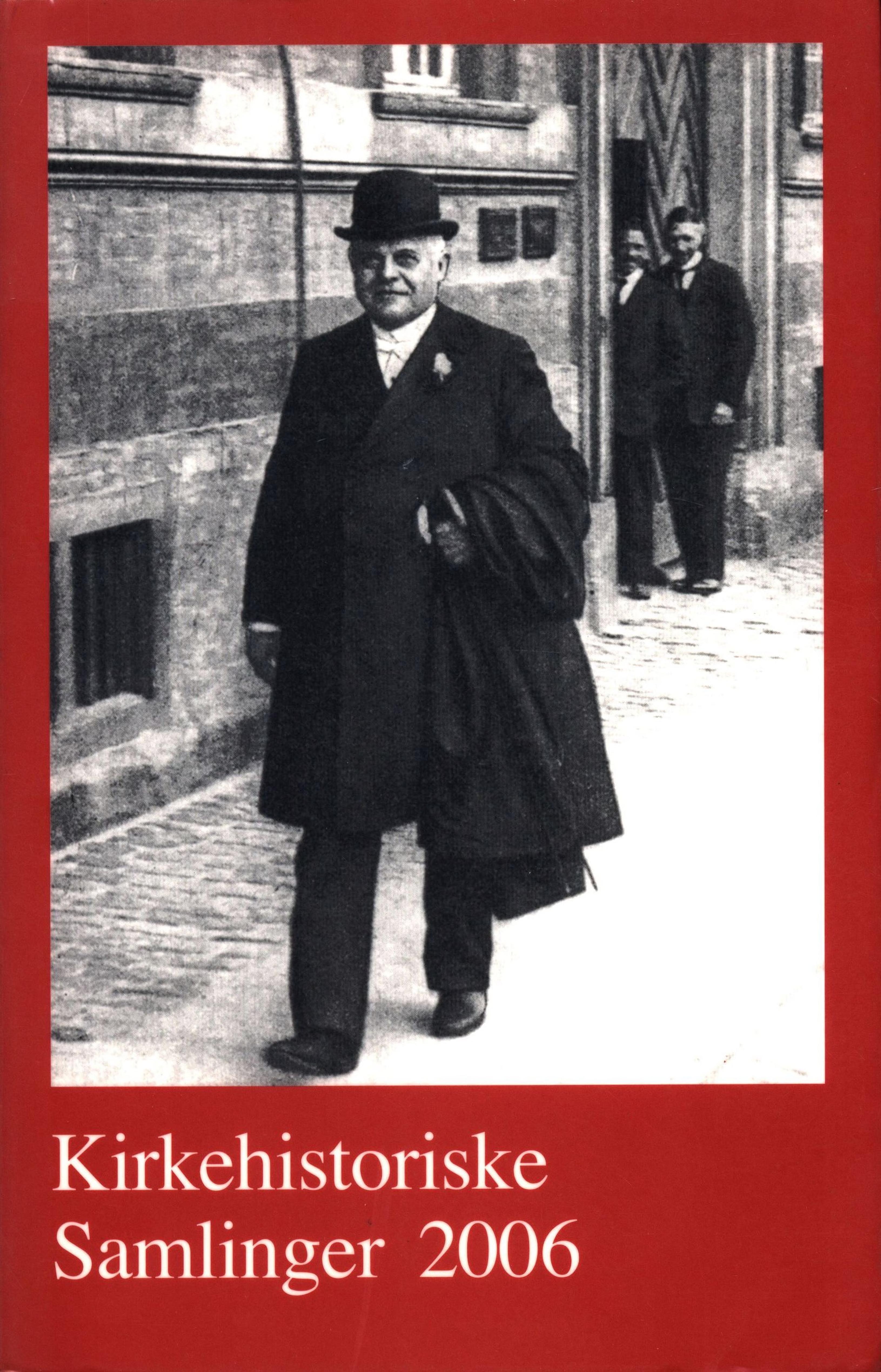Flensborgprovsten Emil Niese og de danske kirkegængere: Nationalpolitik mellem tyske og danske kirkefolk omkring år 1900
Publiceret 25.02.2025
Citation/Eksport
Copyright (c) 2024 Tidsskriftet Kirkehistoriske Samlinger

Dette værk er under følgende licens Creative Commons Navngivelse – Ingen bearbejdelser (by-nd).
Resumé
In South Schleswig, Danish almost disappeared as the church’s language from the 1600s. Only in the small Helligandskirke in Flensburg were the services kept in Danish. Until 1850, these Danish services were overshadowed by the German ones. After this, the services were employed as part of the national political struggle. In the 1850s, Danish religious life was expanded as a part of the redanicization of the Duchy of Schleswig. They were given status as »Denmark’s first independent congregation«. Following the German victory in the war of 1864, the Danish religious life in Flensburg was allowed to exist in a reduced version, but led a difficult existence. It was dependent on the balance between on the one hand the church’s recognition that there was a needfor services in Danish and on the other the purely political notion thatDanish services were just a cover for political ambitions and as such should be discontinued. In 1900, the German church halved the amount of Danish services. The Danish churchgoers responded with demands for restoration of the free Danish congregation of the 1850s and continuation of the discontinued services. This resulted in a conflict between the Danish churchgoers and the German church which lasted for several years. German politicians regarded the services as a cover for Danish political ambitions. People of the German church, including the German leader of the church in Flensburg, the rural dean Niese, also regarded the Danish requests from a German political point of view - and at the same time the people of the church could not quite deny that there was a purely religious need for Danish services. In this field of tension, the Danish services survived until 1921 as part of the German state church and on conditions set by this. Not until the freer conditions under the Weimar Republic was the Danish-speaking religious life separated from the German church and the foundation was built for the independent »Danish Church in South Schleswig« of today. The separation of the Danish services from the German church in 1921 as well as the prelude since 1588 are signs of the church’s problems in the nationally and linguistically divided borderland between Denmark and Germany.

